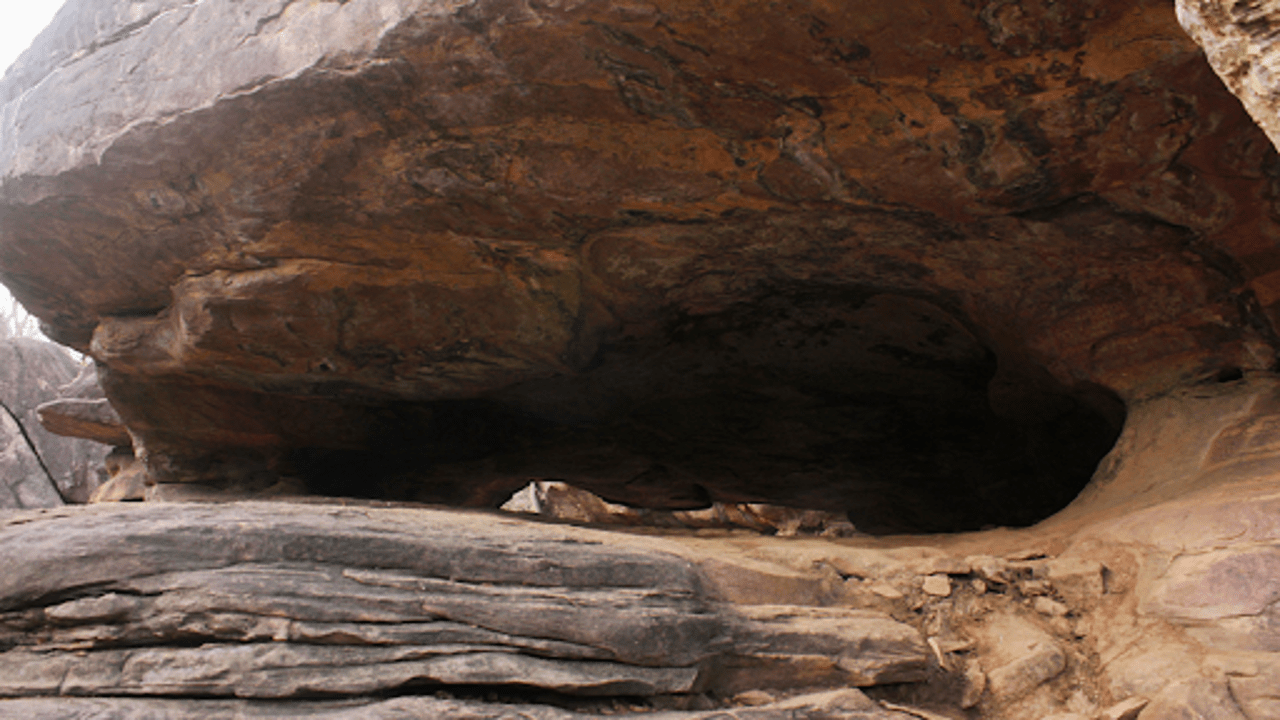
Ancient DNA from a rock shelter in South Africa reveals insights into 10,000 years of human history. Photo: Stuff
The Oakhurst rock shelter, nestled in a serene forested valley near the town of George on South Africa's southern coast, has become a vital archaeological site that unveils the story of human life over the last 12,000 years. This ancient site, located above a stream and surrounded by magnificent yellowwood trees, has offered a treasure trove of findings, including rock art, stone tools, ceramic fragments, and the remains of 46 individuals. Unlike many other ancient burial sites in South Africa, where only single individuals have been found, Oakhurst presents a rare glimpse into the long-term occupation of a community.
Archaeologists first began exploring Oakhurst in the 1930s, but recent advances in technology have allowed researchers to delve deeper into the site’s rich history. A dedicated team of biological anthropologists, archaeologists, and archaea geneticists commenced their study in 2017, focusing on the genomes of the individuals buried there. They were particularly keen to understand the genetic relationships between these ancient inhabitants and the people living in the region today.
A genome serves as the complete genetic blueprint of an organism, passed down through generations. This new field of study, known as archaeogenetics, is helping to unravel the complex histories of various populations. The team successfully extracted 13 ancient genomes from the skeletal remains at Oakhurst, including the oldest DNA samples found in the area, dating back around 10,000 years.
These groundbreaking findings suggest that the history of southern Africa’s population is unique compared to other regions. Instead of waves of newcomers replacing or mixing with previous populations, the research indicates a remarkable genetic continuity among the Oakhurst inhabitants from 10,000 years ago to as recently as 1,300 years ago. This consistency highlights the longstanding presence of these people in the area, as well as their resilience and adaptation to changing environments.
While researchers have made significant strides in understanding human history in Europe and Asia, the study of ancient DNA in Africa has faced challenges. High temperatures often hinder the preservation of ancient genetic material, leading to a limited number of published genomes from the region. Nonetheless, Africa remains crucial in understanding human genetic diversity, as it holds the most significant variety of human genetic traits in the world.\
The Oakhurst rock shelter, where the initial excavation was conducted by Goodwin between 1932 and 1935, is located at Oakhurst Farm near Hoekwil, South Africa. Live Science
The Oakhurst study involved careful sampling of 13 individuals, ranging in age from 1,000 to 10,000 years. Through radiocarbon dating, researchers determined the ages of these remains, which included five women and eight men. The analysis was not without its difficulties due to the poor preservation of DNA, requiring multiple extraction attempts. The team meticulously extracted DNA from powdered skeletal materials, employing advanced laboratory techniques to amplify the genetic material for sequencing.
Intriguingly, the genomes obtained from Oakhurst were found to be closely related to the DNA of modern San and Khoekhoe communities, including the ǂKhomani San. The genetic analysis revealed that, over the thousands of years studied, there were no significant contributions from populations outside of present-day South Africa. This continuity contrasts sharply with the more dynamic genetic changes seen in ancient populations of Europe and Asia.
However, this does not imply that the culture at Oakhurst remained static. Evidence shows that while the people maintained genetic continuity, they also experienced cultural innovations. Over time, various technological advancements in stone tools were documented, showing connections to similar developments across other archaeological sites in South Africa.
Around 2,000 years ago, new groups arrived, bringing herding and farming practices along with new languages. These newcomers began to interact with the established hunter-gatherer societies, although even the individual from 1,300 years ago displayed genetic similarities to his ancient predecessors.
The exciting results from the Oakhurst site not only deepen our understanding of the region's ancient populations but also pave the way for further research into one of the world's most diverse areas, both culturally and genetically.















